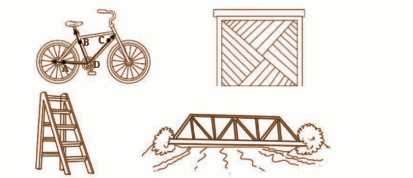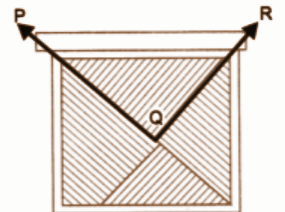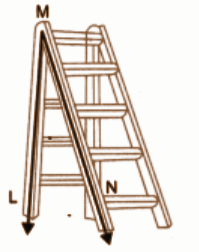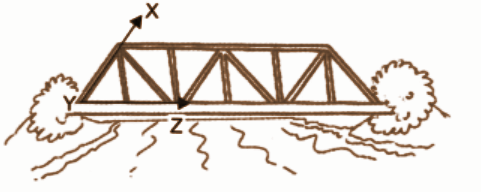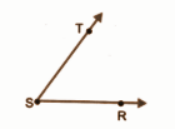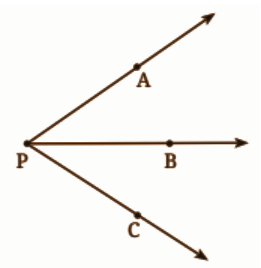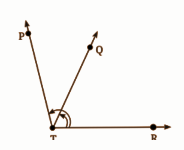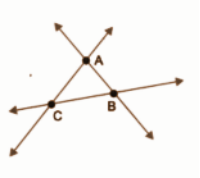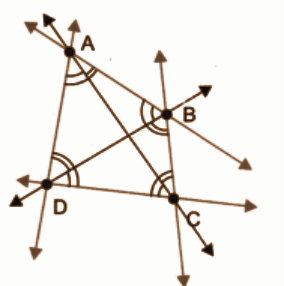NCERT Solutions for Chapter 2 Lines and Angles Class 6 Maths Exercise 2.5 - FREE PDF Download
FAQs on NCERT Solutions for Class 6 Maths Chapter 2 - Lines and Angles Exercise 2.5
1. What topics are covered in Exercise 2.5 of Chapter 2 of Class 6 Maths?
Exercise 2.5 focuses on measuring angles using a protractor and identifying different types of angles, such as acute, obtuse, right, straight, and reflex angles.
2. How do I measure an angle using a protractor from Chapter 2 of Class 6 Maths?
To measure an angle, place the midpoint of the protractor on the vertex of the angle. Align one side of the angle with the zero line of the protractor, and then read the degree measure where the other side crosses the number scale.
3. What is an acute angle from Maths Chapter 2 Class 6?
An acute angle is an angle that measures less than 90 degrees.
4. What is an obtuse angle from Lines and Angles Class 6 Maths?
An obtuse angle is an angle that measures more than 90 degrees but less than 180 degrees.
5. What is a right angle, and how is it represented in Exercise 2.5 of Chapter 2 of Class 6 Maths?
A right angle measures exactly 90 degrees and is often represented by a small square at the vertex of the angle.
6. What is a straight angle?
A straight angle measures exactly 180 degrees and looks like a straight line.
7. What is a reflex angle covered in Exercise 2.5 of Chapter 2 of Class 6 Maths?
A reflex angle is an angle that measures more than 180 degrees but less than 360 degrees.
8. Why is it important to learn about different types of angles?
Understanding different types of angles is fundamental in geometry, as it helps in solving problems related to shapes, designs, and patterns in mathematics and real-life applications.
9. Are there any tips for accurately using a protractor covered in Exercise 2.5 of Chapter 2 of Class 6 Maths?
Yes, make sure the protractor's centre point is exactly on the vertex of the angle, align one side of the angle with the zero line, and read the correct scale on the protractor (inner or outer) based on the angle's orientation.
10. How can practising Exercise 2.5 help me in exams?
Practising Exercise 2.5 enhances your ability to measure and classify angles accurately, a skill that is often tested in exams. It also builds a strong foundation for more advanced geometry topics you will encounter in higher classes.

























